Barks Blog
A Masterclass in Enrichment
This article reports on some of the wonderful work being done by the teaching staff and students at a New England Technical High School to ensure their resident birds and animals have an array of enrichment opportunities available to ensure mental stimulation
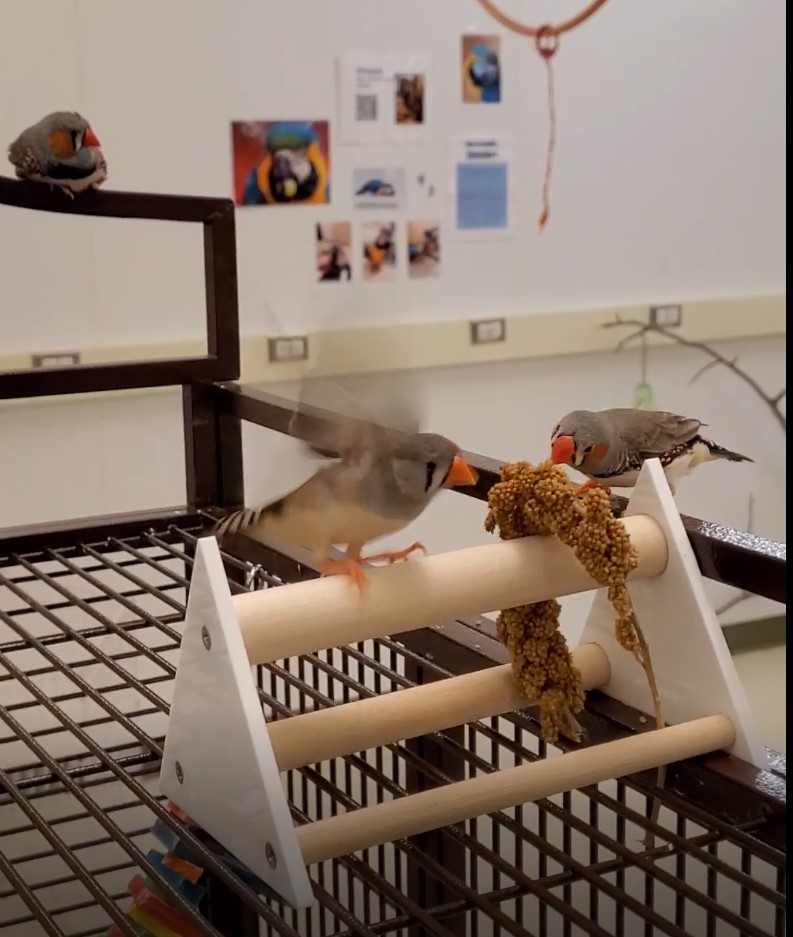
By Sheila S. Blanchette
As a professional certified parrot behavior consultant and trainer, I enjoy finding opportunities to improve my skills and also have a little fun along the way. As such, I volunteer at local animal rescues in my area and in doing so, I have made connections with wonderful people.
Through these connections, I was introduced to a Technical High School in the New England area which has a small aviary. They were looking for a volunteer to assist with training the free-flight birds.
This Technical High School offers professional trades from A to Z, including animal behavior and veterinary science. It has been amazing to see students studying dog behavior and dog grooming, or training to be a veterinary technician.
Small Aviary
Within the Technical High School there is a small animal area, which has a small aviary. Occupants include free-flighted finches, parakeets, two cute cockatiels, and wonderful sun conure. The manager of the small animal area has done a fantastic job adding natural enrichment, as well as adding foraging for food options for the birds.
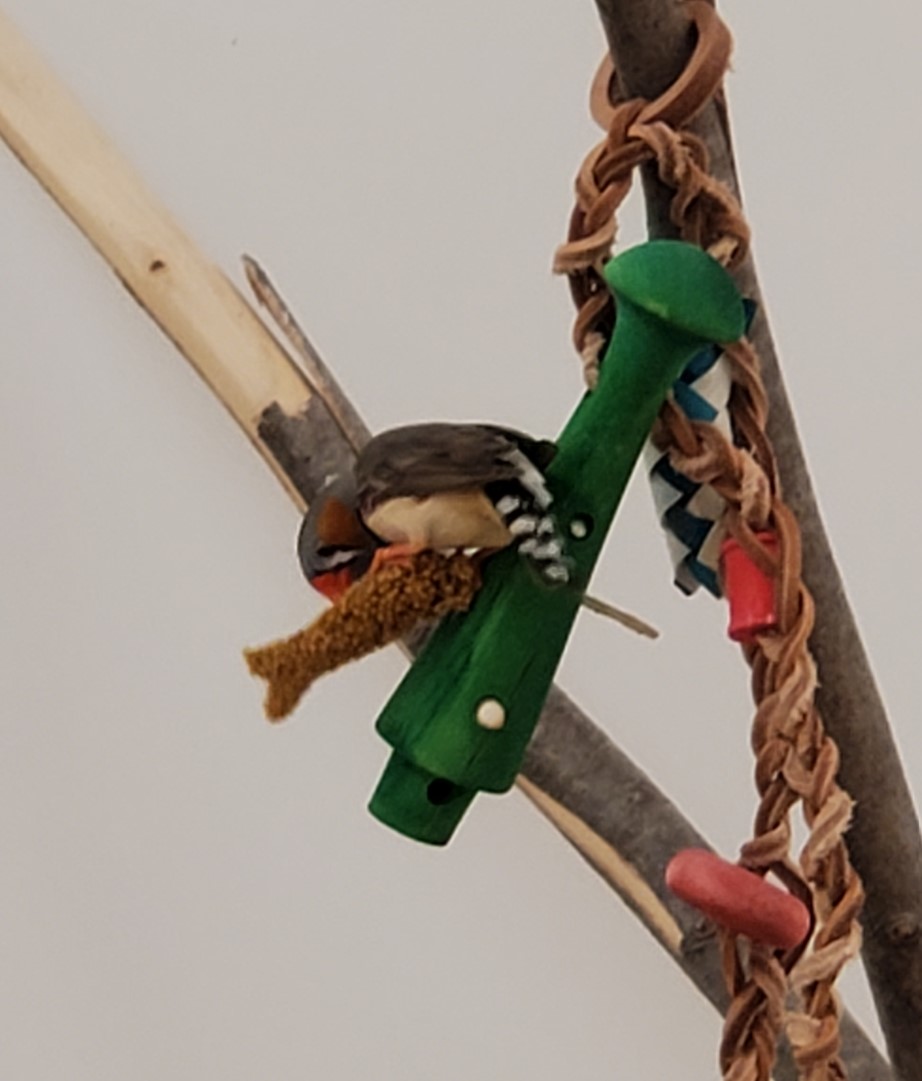
Every time I visit the small aviary, new enrichment has always been added, which is wonderful to see.
In the meantime, my volunteering time is spent working with the free-flight birds training them for when they are examined by a vet. While I am at the facility, I also show the students how to train free-flight companion birds.
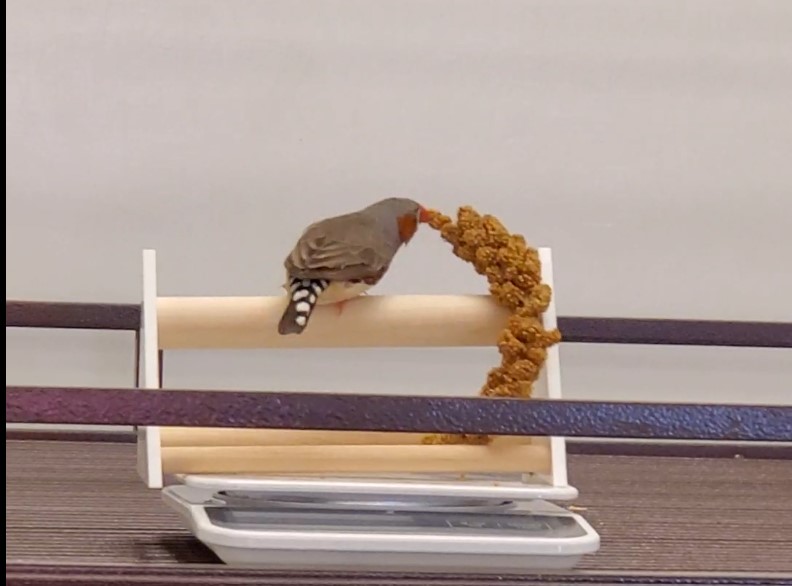
Enrichment Camp Day
I was honored recently when the veterinary science instructor asked if I could talk to the students about the importance of enrichment.
When we first discussed the idea, it was going to be a lecture-type setting, but I did not want to bore the students to death. So the idea morphed into an Enrichment Camp (so to speak) that would be an interactive session.
We would still discuss the importance of enrichment for any animal that might come into the students’ care in the future, and then additional time would be spent to allow them to create individual enrichment for any animal (including companion birds).
I took along a variety of enrichment items so they would be acceptable for different animals, with toy parts from Noah’s Ark and Novelty and My Safe Bird Store.
And so, in May 2022, the first Enrichment Camp took place with 30 students in attendance. During the first hour, I discussed why enrichment is important to any animal in captivity.
I started with the famous quote from B.F. Skinner (1938), “the rat is always right.” In other words, if the animal is not engaging in the enrichment, it may be too complicated, too scary, or not challenging or interesting enough.
We cannot just assume an animal does not like something. If we want a specific behavior, we need to understand each individual animal and their associated behavior and learning. One small learning interaction can lead the animal/bird toward engaging and having an influence over their environment.
After our discussion, the students were broken up into two groups of 15. One group would visit the small animal area and learn about the individual animals there. The other group joined me in the enrichment room.
There were several tables set up, each with a variety of toy parts. From here, I explained to the students how to get started on making an enrichment item for an individual animal.
I also demonstrated how to make sushi rolls for the reptiles (Boston lettuce as the outer wrap, kale and green beans inside, all held together with celery string – yum!).
The students then had the choice to build an enrichment item for their individual animal, an animal in the Small Animal area, or for donation to the Rhode Island Parrot Rescue.
At this point I quickly reviewed which toy parts would not be recommended for certain animals and advised that the students should avoid any plastic or metal parts.
After that, they were free to get creative and build their own enrichment. They were all really keen to move around from one table to the next looking for parts for their specific animal.
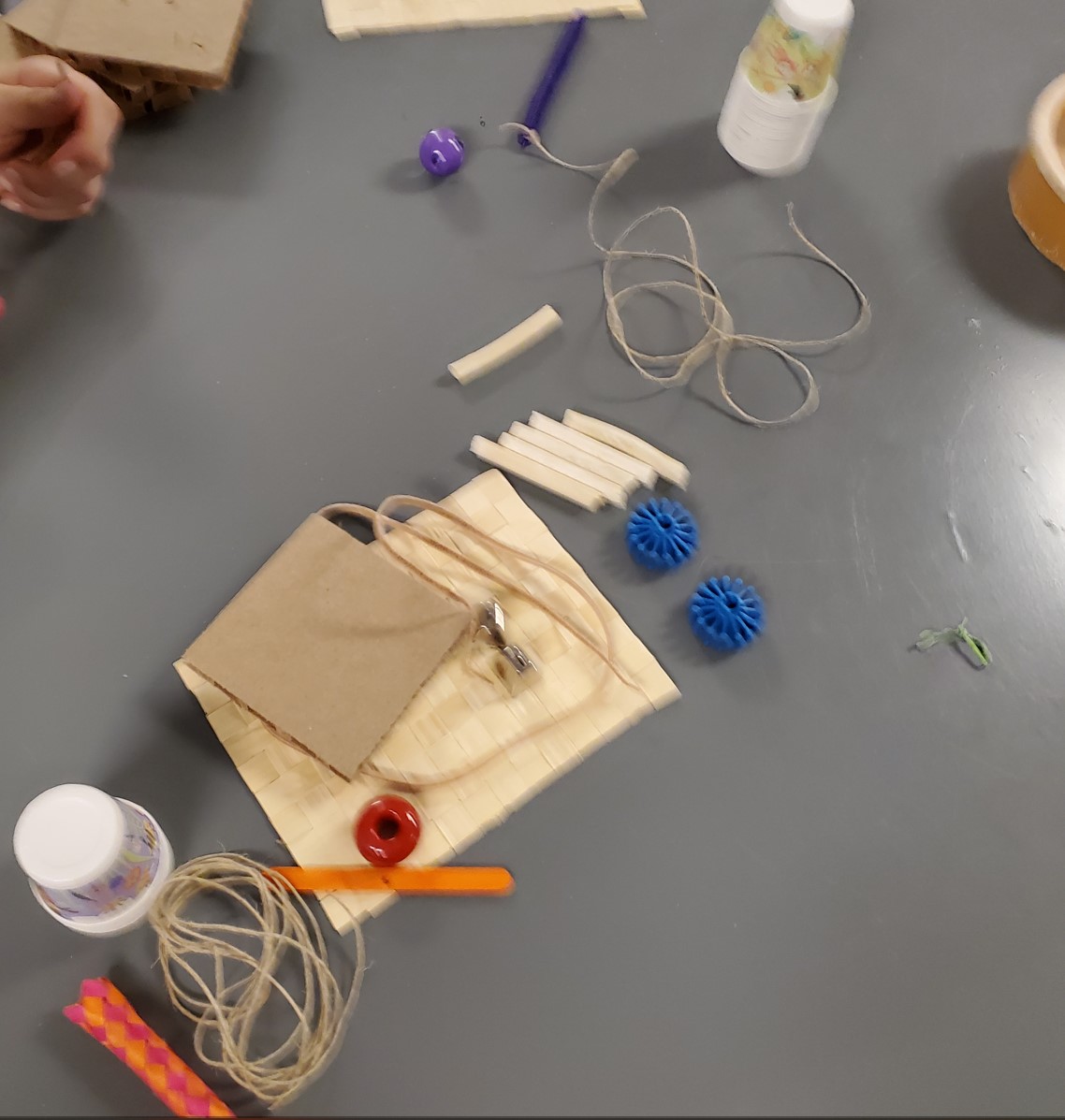
The students became animal engineers reviewing and adapting their enrichment.
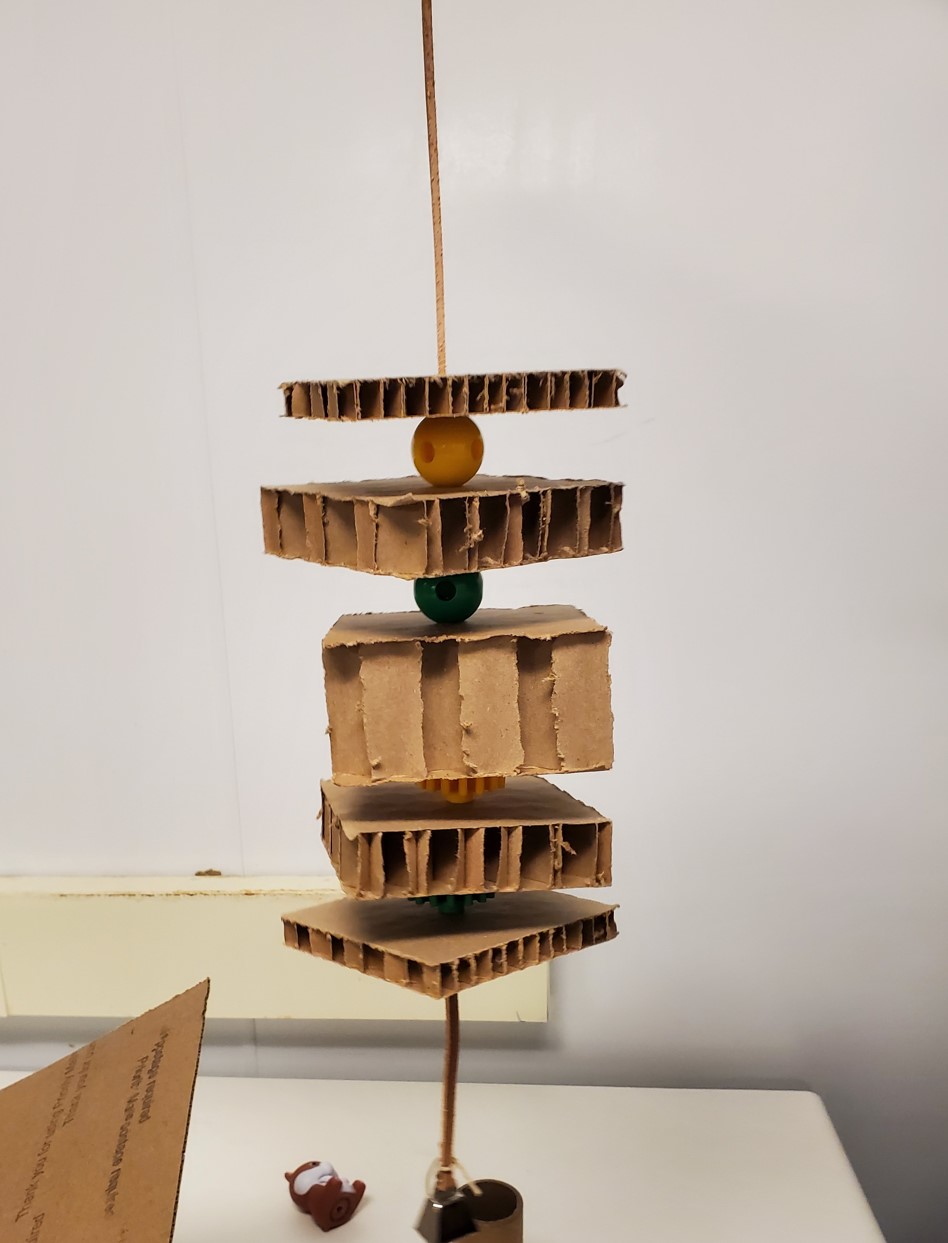
After a couple of hours, the two groups of students switched around. I smiled when I noticed some of the enrichment group trying to stay a little longer to finish their enrichment!
I then did my same introduction with the new group, and let the students start building their enrichment items. This group wowed me as much as the first group.
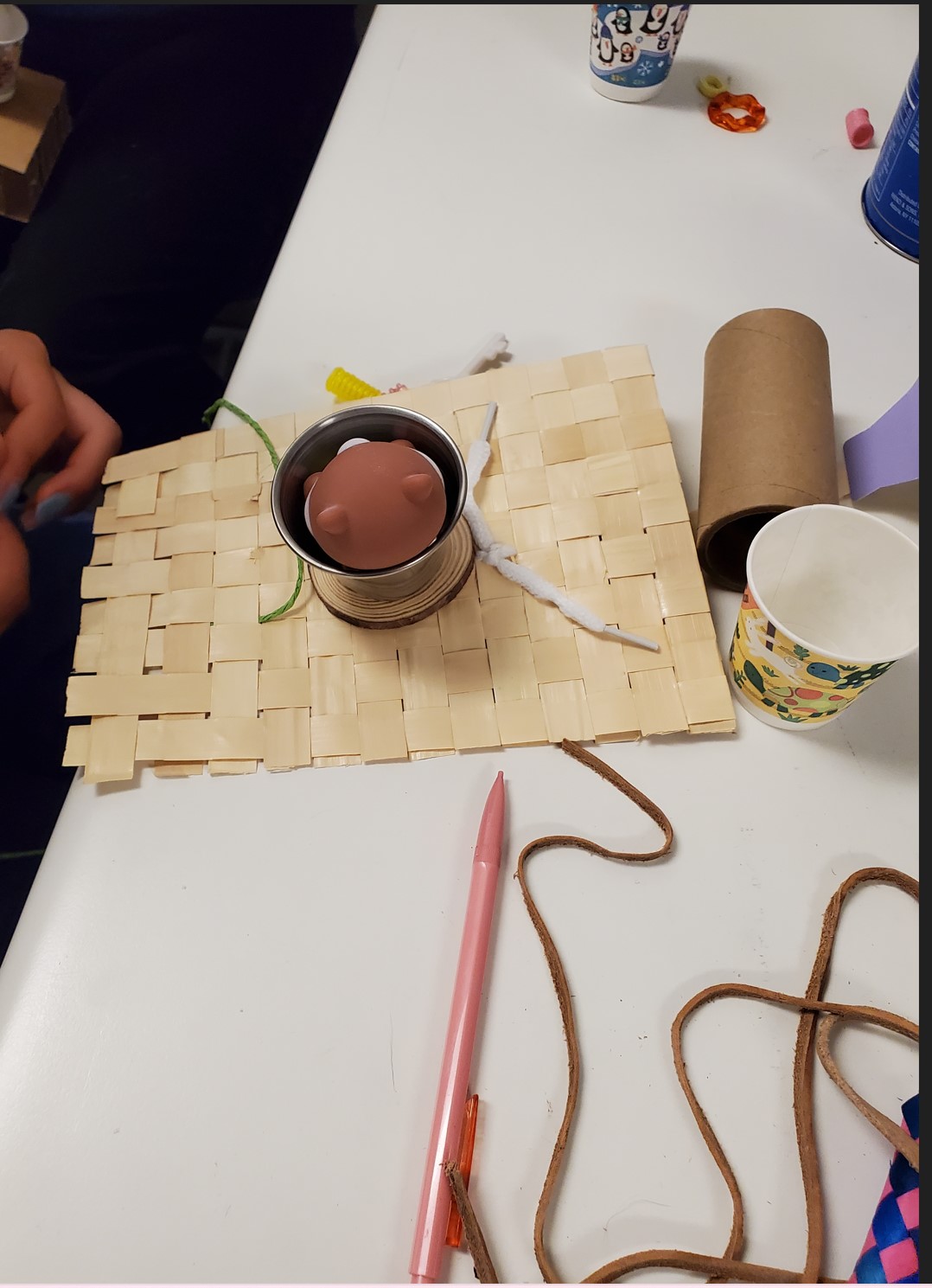
By the end of enrichment camp, I was out of supplies!
Enrichment Champions
Altogether, the students made amazing enrichment for their own animals, the animals in the small aviary, and also for donation to the Rhode Island Parrot Rescue.
The work from all the students was magnificent and I want to thank veterinary science instructor as well as the manager of the small animal area for this fun opportunity to teach the students about enrichment. I really appreciate all the work the instructors do at the Technical School and I hope the Enrichment Camp can become a regular activity.
Personal Enrichment
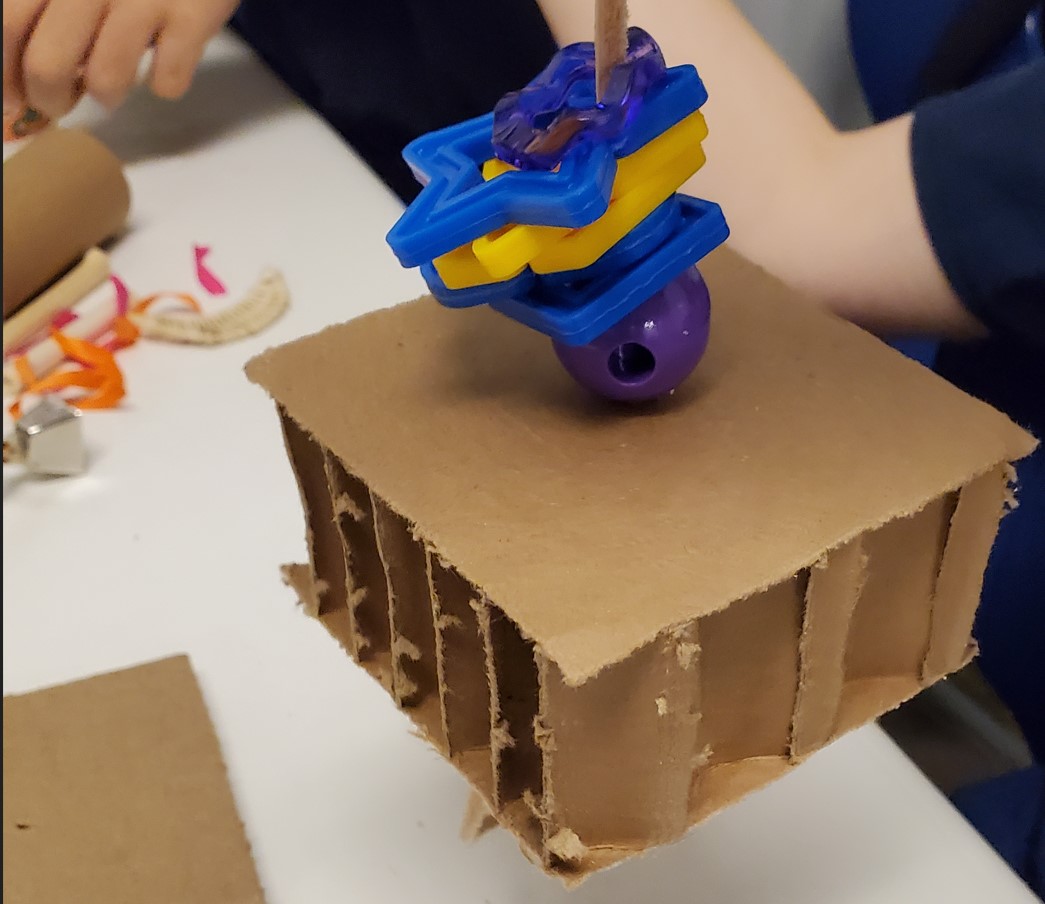
Aviary Enrichment
Once the students were done, we tested out some of their creations. This video Enrichment Camp Day shows one of the resident finches playing with the new enrichment in the aviary.
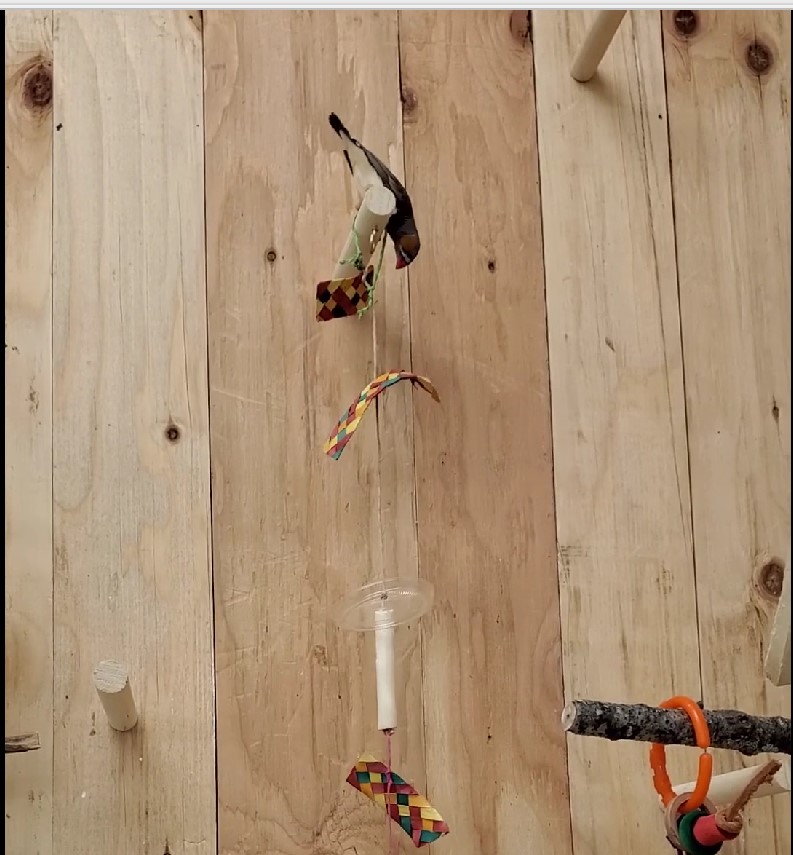
Enrichment Donations
The wonderful students built some amazing parrot enrichment which will be donated to the Rhode Island Parrot Rescue.
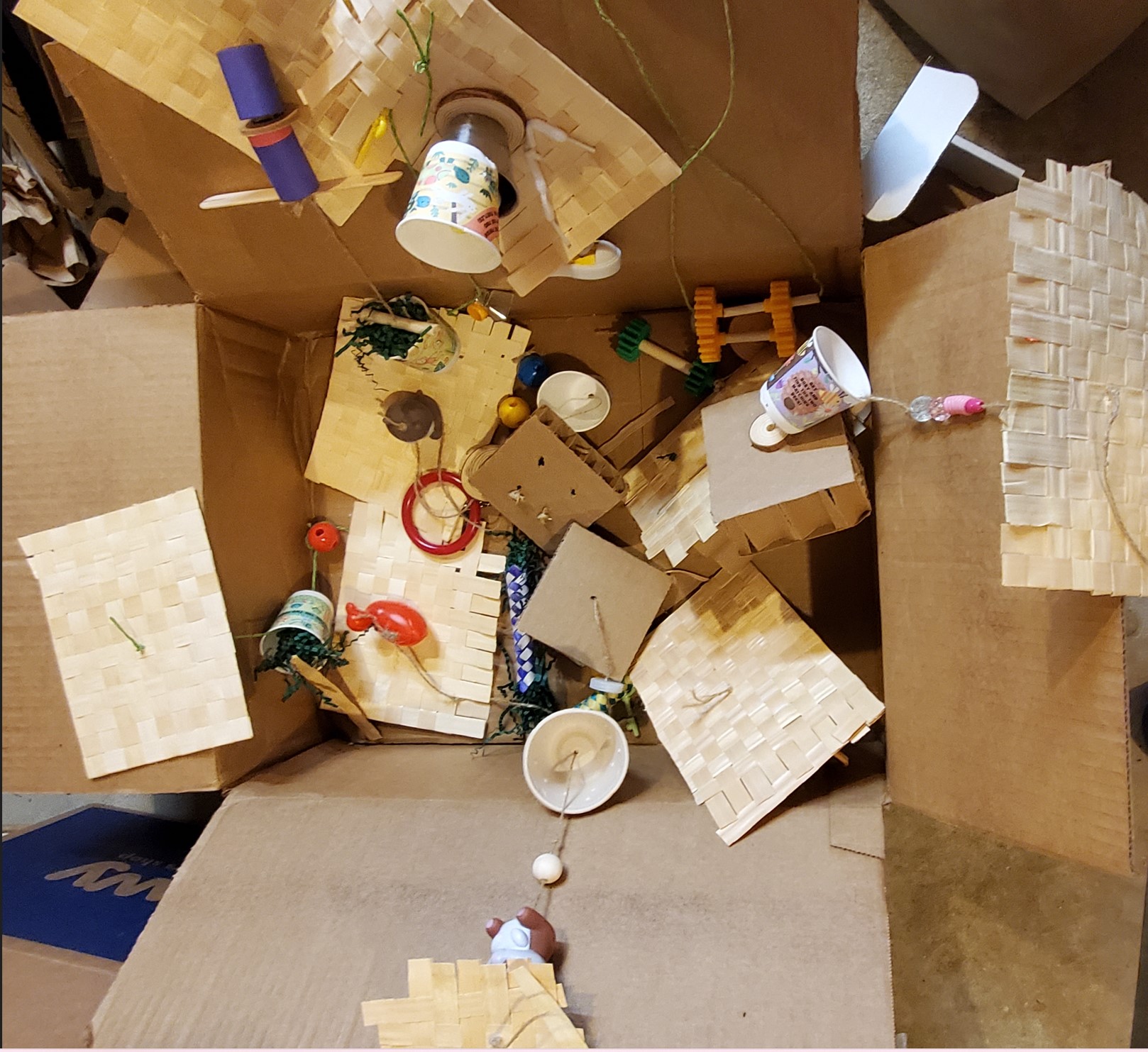
References
Heart Of Feathers Education. (2022). 2022-05 -Enrichment Camp Day [Video File]
Skinner, B.F. (1965). Science and human behavior. New York, NY: The Macmillan Company
Skinner, B.F. (1938). The behavior of organisms: An experimental analysis. Cambridge, MA: B.F. Sinner Foundation

